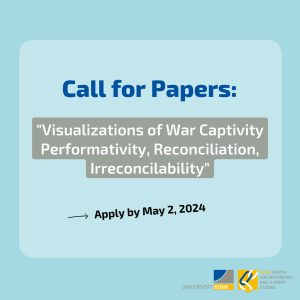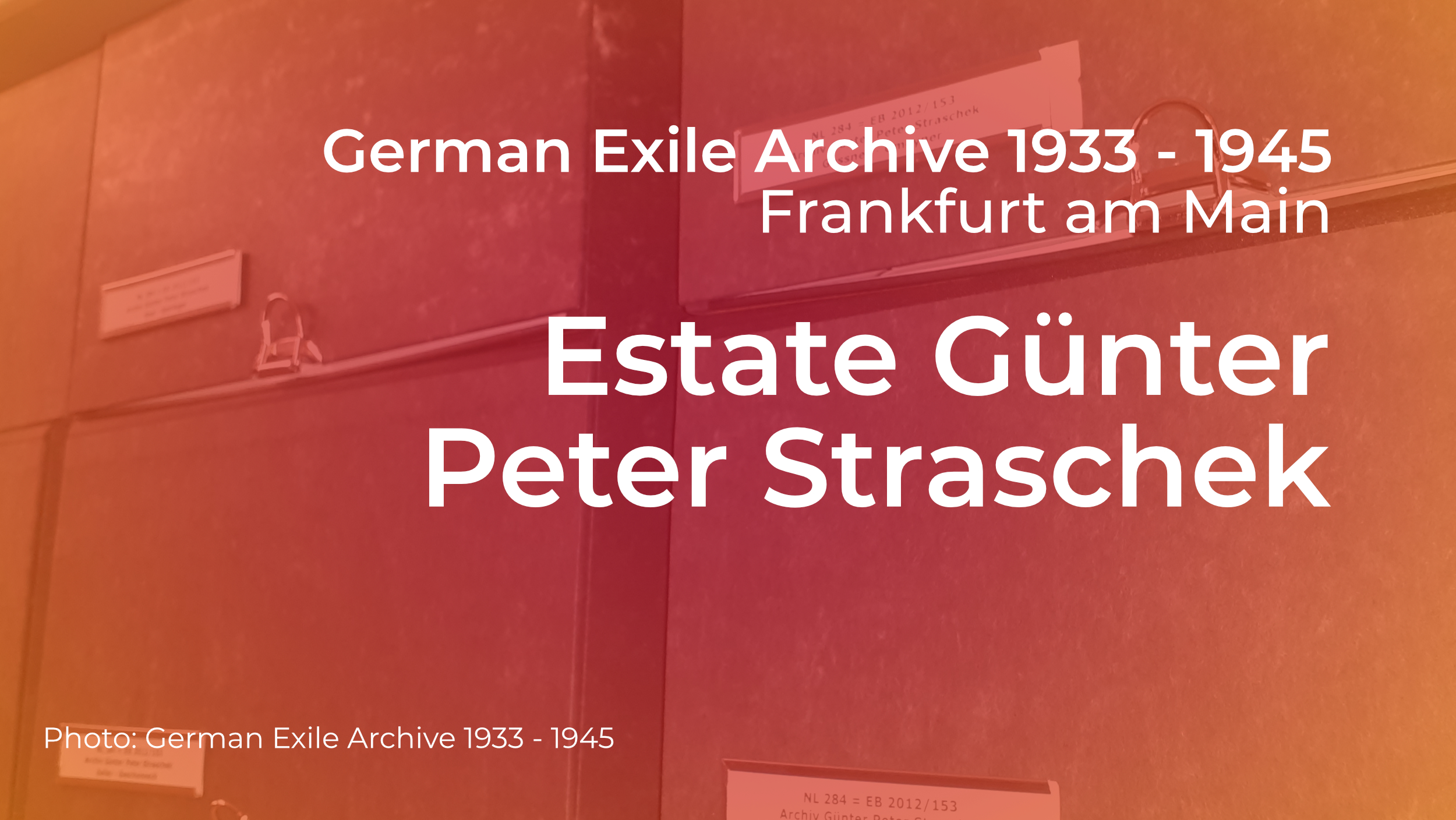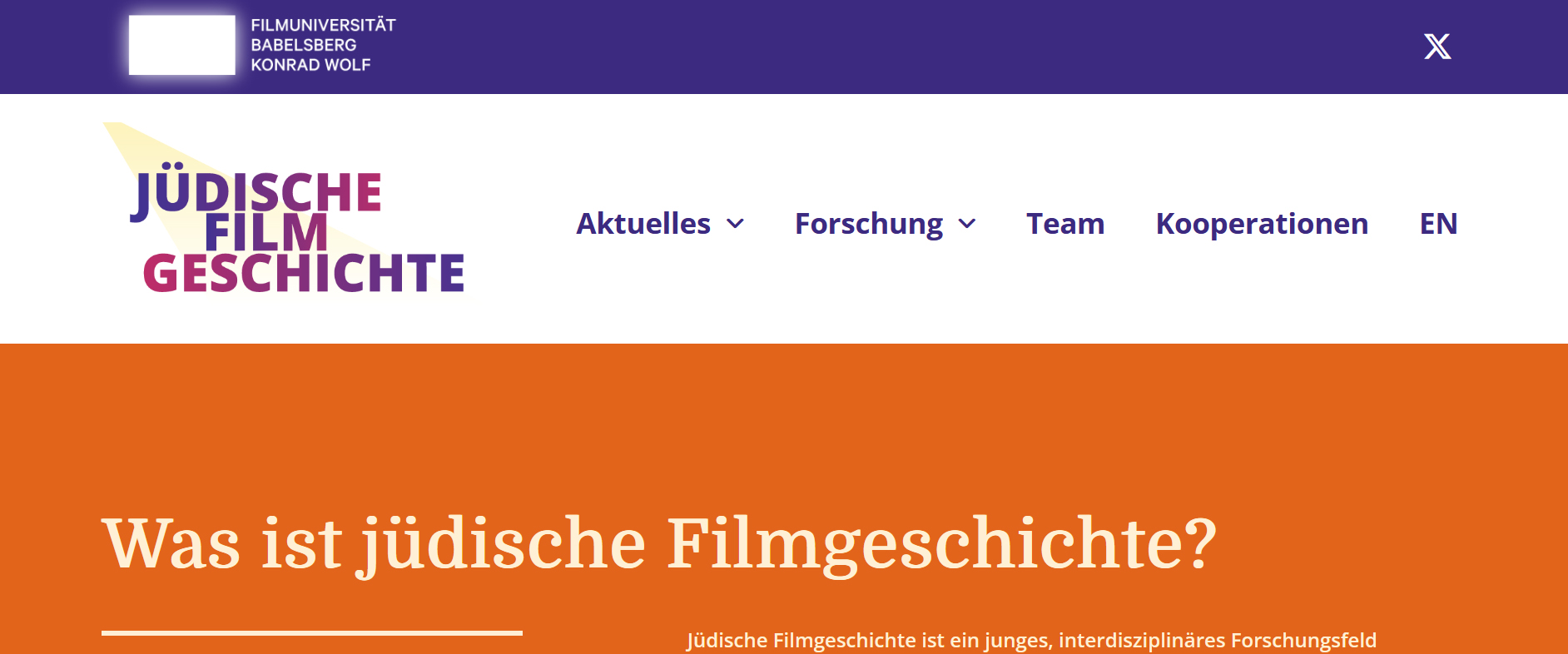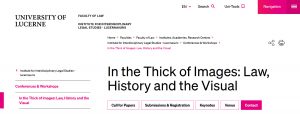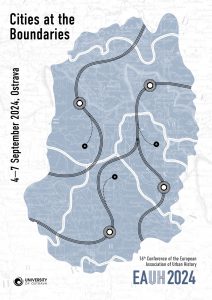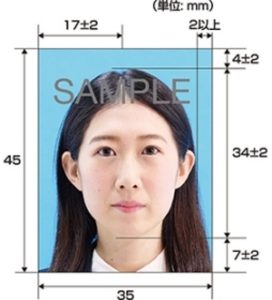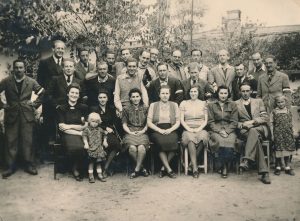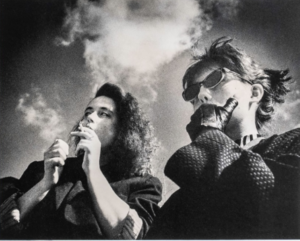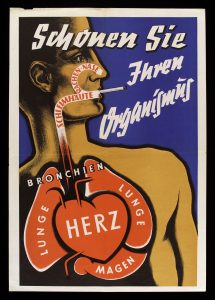At the beginning of the 20th century population growth, urbanisation and housing shortage were challenges throughout Europe. Consequently, epidemics and even pandemics were common. However, during the same era, significant advances in medicine occurred, leading in more effective vaccines, antibiotics, and chemicals against vermin. Moreover, healthy lifestyle was promoted via campaigns, including educational posters. Simultaneously, the concept of the new, modern citizen evolved.
In our research project, we analyse and compare Finnish, German and Soviet posters educating citizens in improving their everyday habits, living environments and, in the end, their health. Our aim is to find out, what were the methods and means of the visual health education of the 20th century, and what kind of ideals were pictured in health promotion posters. We ask, how the posters were part of the visual construction of the modern citizen.
[...]
Quelle: https://visual-history.de/2023/01/12/pitkaenen-kleemola-educational-posters-and-ideal-citizenship/
